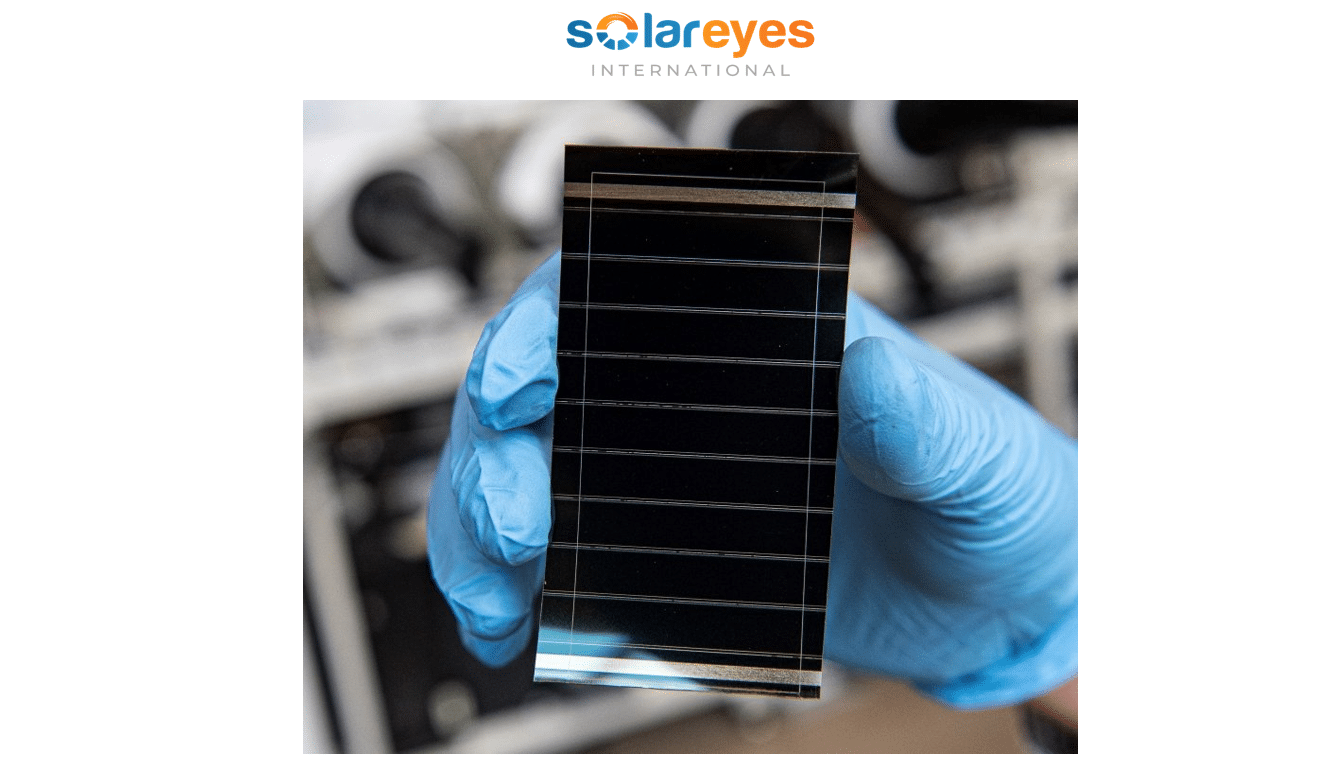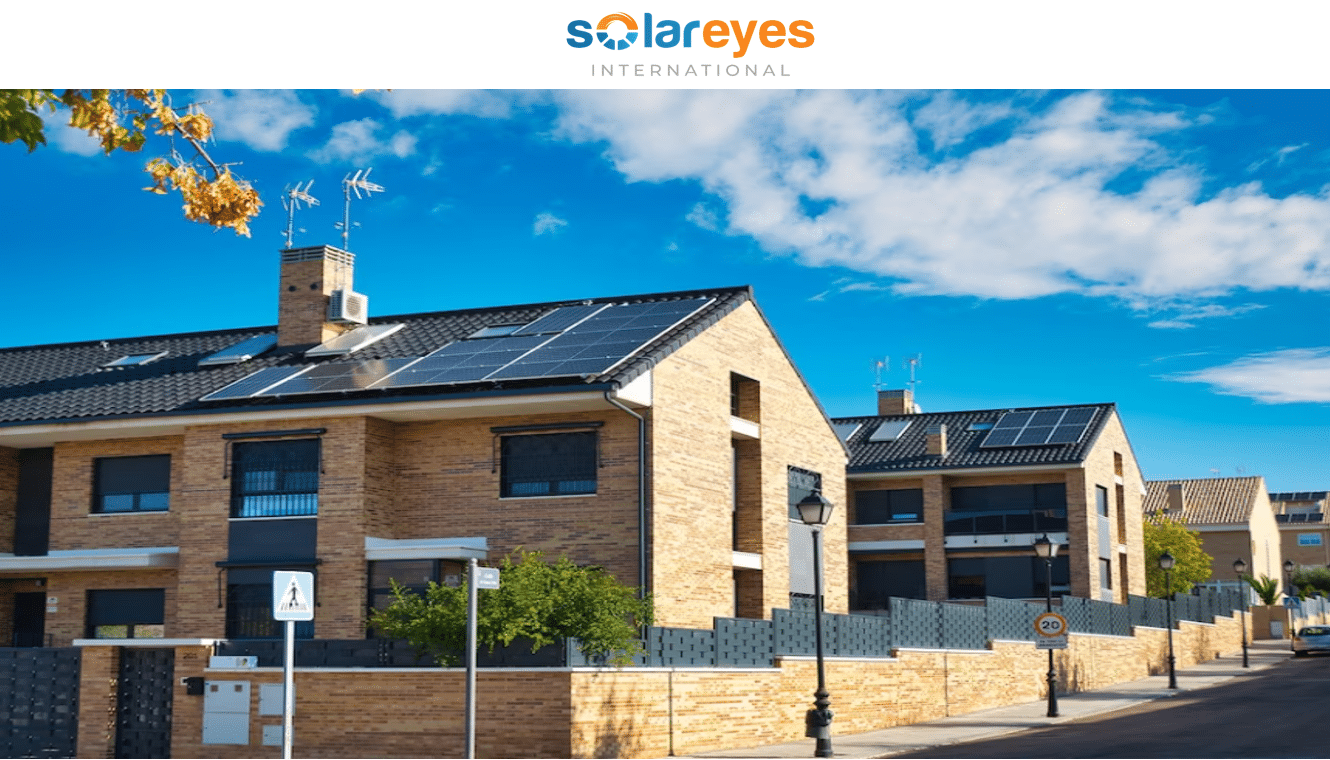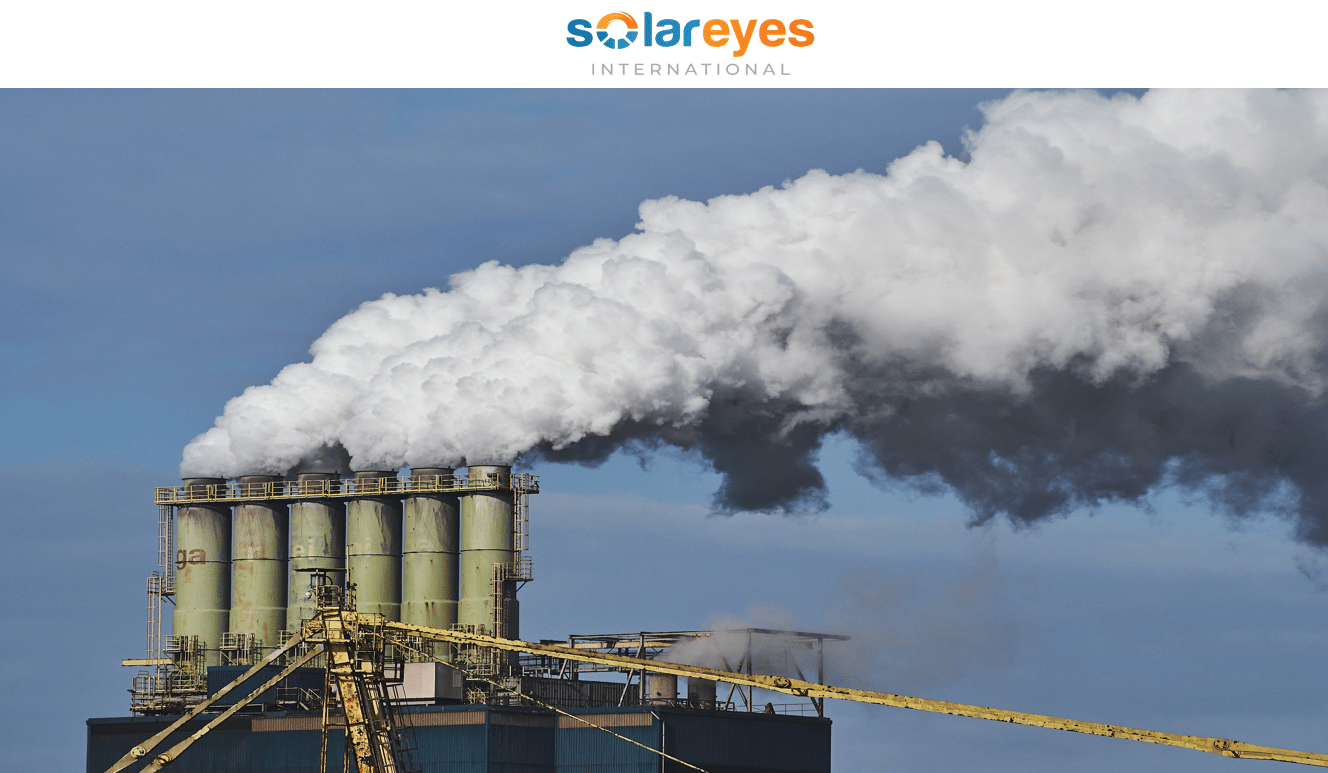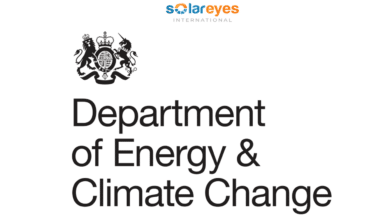SOLAR NEWS: The Largest Floating Solar Farm in North America Comes Online
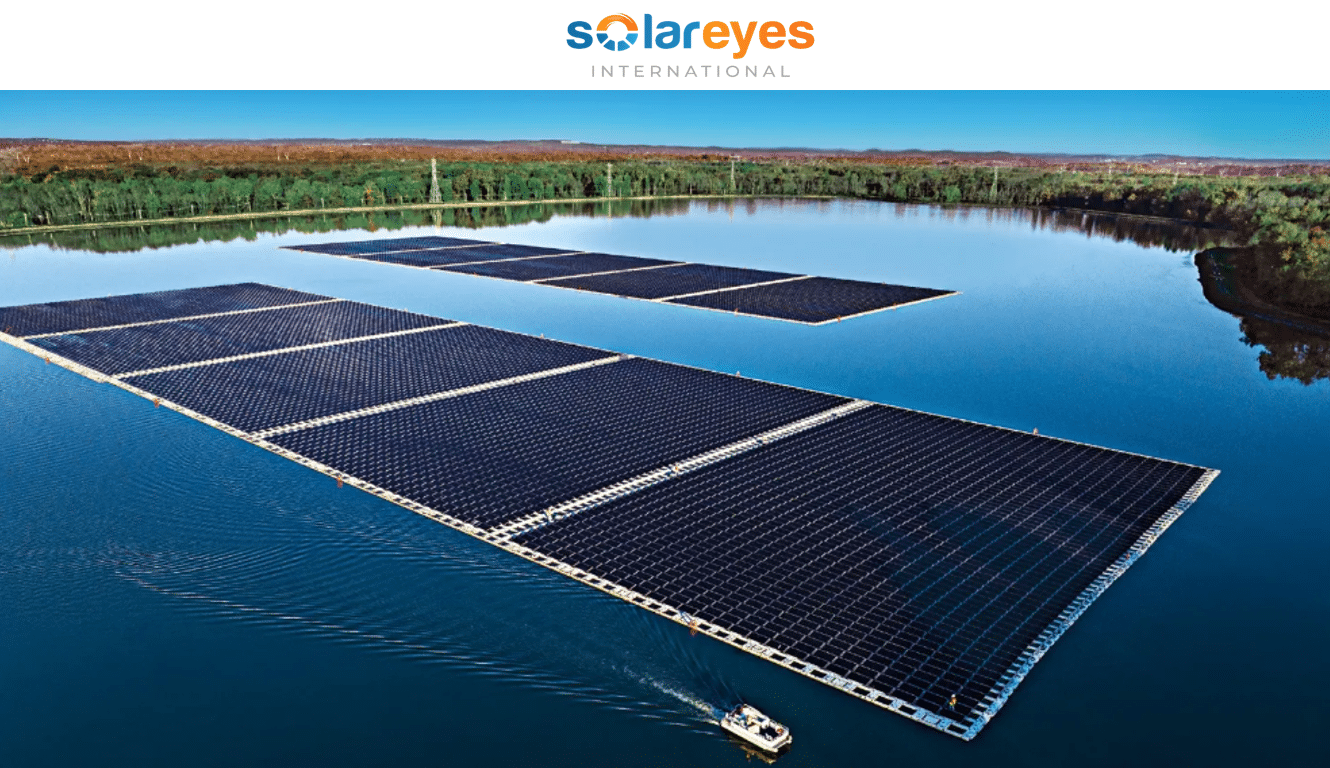
The Largest Floating Solar Farm in North America Comes Online
New Jersey is now home to the largest floating solar farm in North America – an 8.9 MW solar array that sits on the Canoe Brook reservoir in Short Hills. Owned and operated by NJR Clean Energy Ventures, the solar farm spans across 17 acres and consists of 16,510 solar panels.
The clean energy generated by the solar panels is enough to power around 1,400 homes annually. The project is expected to provide approximately 95% of New Jersey American Water’s Canoe Brook Water Treatment Plant’s power needs. A ribbon-cutting ceremony was held on June 6th, 2023 to celebrate the project’s completion.
The floating solar farm’s construction has proved to be a significant milestone in the state’s push towards renewable energy. Floating solar panels are gaining popularity globally due to their ability to reduce evaporation from reservoirs, and their higher efficiency compared to traditional solar panels. The solar farm is a step forward in reducing carbon emissions and providing clean energy to the region.
***ALSO READ: 1,200 MW Floating Solar PV Plant Proposal in Zimbabwe’s Lake Kariba: Boon or Bane?
Robert Pohlman, vice president of NJR Clean Energy Ventures, said, “Floating solar technology creates new opportunities for underutilized bodies of water, allowing space that would otherwise sit vacant to enable large-scale renewable energy generation, which helps to bring the benefits of clean energy to even more customers.”
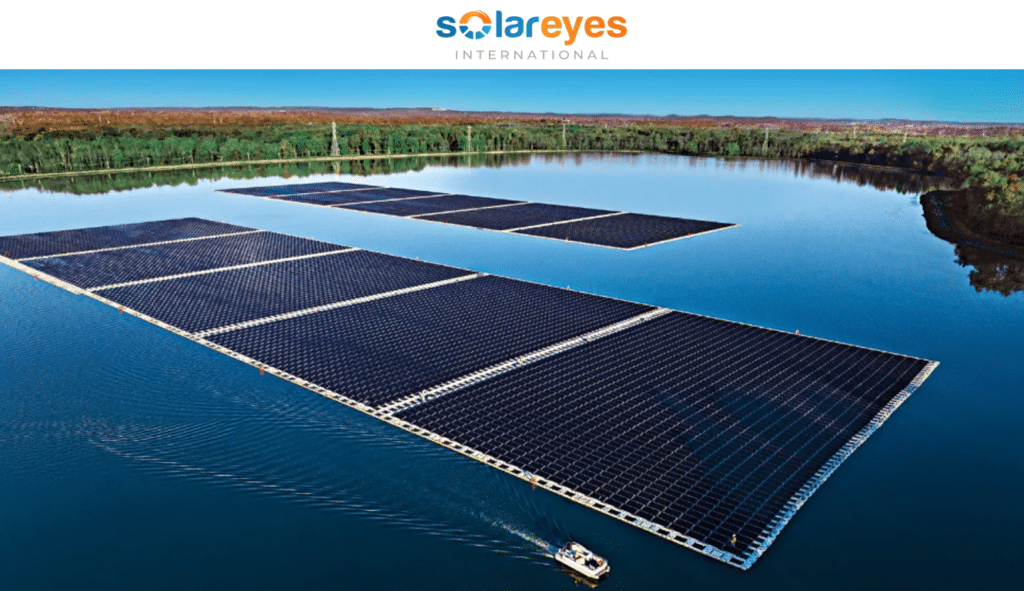
The floating solar farm is an innovative solution to the problem of scarce land for solar installations. According to the National Renewable Energy Laboratory (NREL), the US has over 24,000 man-made reservoirs that could be used for floating solar farms. If all of these reservoirs were covered with solar panels, they could generate over 10% of the country’s electricity needs.
In addition to being a space-efficient solution, floating solar farms also have other benefits, such as reducing evaporation from reservoirs and improving water quality by providing shade and reducing algae growth.
The installation of the largest floating solar farm in North America is a significant step towards a more sustainable future. As the world continues to grapple with the challenges of climate change, innovative solutions like this one will be crucial in reducing our carbon footprint and transitioning towards a cleaner, greener energy future.
What is a Solar Farm
A solar farm is a large-scale solar installation that consists of photovoltaic (PV) solar panels, which absorb energy from the sun and convert it into electricity. The electricity generated by a solar farm is then sent to the electricity grid for distribution. Solar farms come in different sizes, from small ones that generate around 5 MW of electricity for a local community to large utility-scale solar farms that can power thousands of homes.
Best Solar Cell Efficiency Chart – National Renewable Energy Laboratory(NREL)
Solar Farms are typically operated through power purchase agreements, wherein businesses agree to purchase a specific amount of electricity, or through virtual net metering to share power among members of a local community and reduce electricity bills
Advantages of Floating Solar Farms
Floating solar power systems have several advantages over land-based installations. One of the most significant benefits of floating solar is that it does not require valuable land space and can be installed on bodies of water such as ponds, lakes, and reservoirs. This feature allows the land to be used for other purposes like farming or development.
Additionally, the proximity to water provides a cooling effect that enhances the performance of solar panels, resulting in increased power generation. Other advantages of floating solar systems include easy maintenance, protection of water resources, and avoidance of shading.
Does Cleaning Solar Panels Make a Difference?
Despite the higher costs of construction and operation, floating solar power is a promising prospect as the technology develops and becomes more cost-effective.
Challenges and Critics of Floating Solar Farms
Floating solar farms have gained popularity as a way to generate renewable energy, but they also face several challenges and criticisms. One of the main challenges is the higher system costs compared to land-based solar farms. Additionally, specific challenges such as anchoring and mooring, extreme weather situations, and cable management can make the construction and operation of floating solar farms more difficult and costly.
Appropriate quality standards and extensive technical studies are necessary for commercial and technical viability of a project. Furthermore, the moving parts in a floating solar plant are subject to constant friction and mechanical stress, increasing the risk of degradation and corrosion. Poorly designed systems can also cause safety issues.
Critics have also pointed out that unfavorable and uncertain economic policies are a key factor affecting the deployment of floating solar farms. Policies supporting or subsidizing fossil fuel generations have put renewable energy sources at a disadvantage.
Solar Panel Frequently Asked Questions(FAQs) – solar panel FAQs
Despite these challenges, the global demand for floating solar is expected to grow by 22% year-over-year on average through 2024. As technology develops and costs and technical challenges decrease, generating renewable energy through floating solar farms is expected to increase.
FOLLOW US ON SOCIAL MEDIA
Follow us on LINKEDIN, FACEBOOK, TELEGRAM GROUP and WHATSAPP.
*** ALSO CHECK: HOW TO SIZE A SOLAR SYSTEM – 5 clear steps anyone can follow
HOW TO START A SOLAR COMPANY – do these 6 things and make money through solar
How to Identify Fake Solar Products
SOLAR PANEL LOSSES: All you Need to Know + Tips on how to avoid them
SOLAR PV MODULE MANUFACTURING PROCESS EXPLAINED – from solar cells to solar panel
10 Surprising Ways Solar Energy Can Save You Money Today!
Opportunities for Solar Energy Development in Europe
FREE TOOLS to use for Solar Panel Tilt Angle Calculation and Installation – for any location
How Solar Panels Can Increase Your Home Value
HOW TO IDENTIFY FAKE SOLAR PRODUCTS – 6 things to check
Some Examples of where People have Fallen Victim to Fake Solar Products
How to Choose Solar Panel Brands
Top 10 Solar Panel Companies Driving the Renewable Energy Revolution
Best Solar Cell Efficiency Chart – National Renewable Energy Laboratory(NREL)


